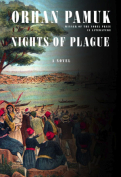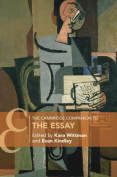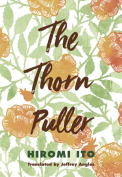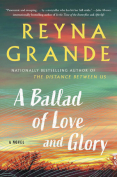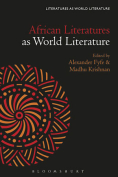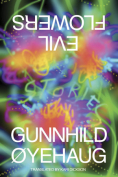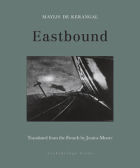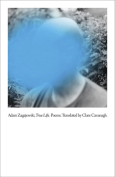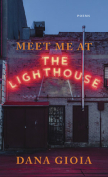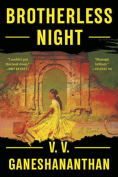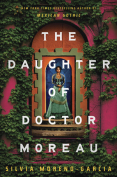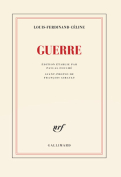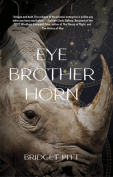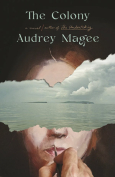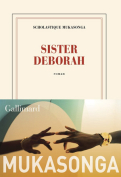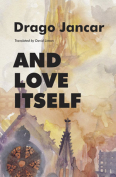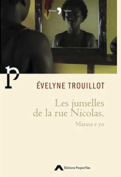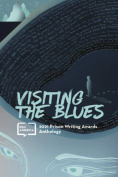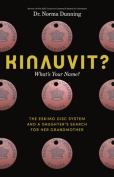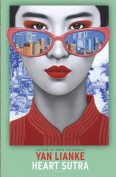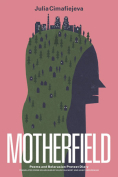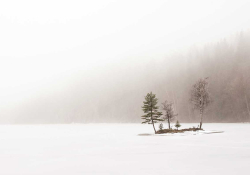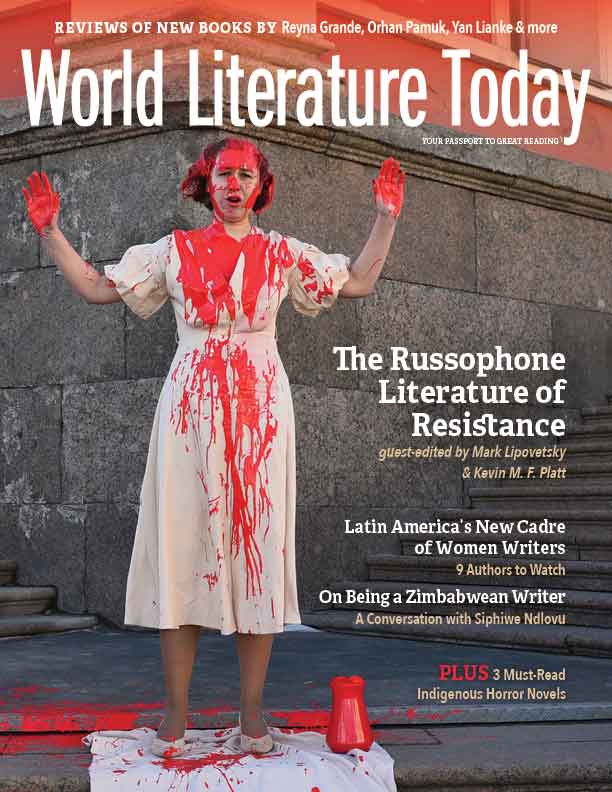Evil Flowers: Stories by Gunnhild Øyehaug
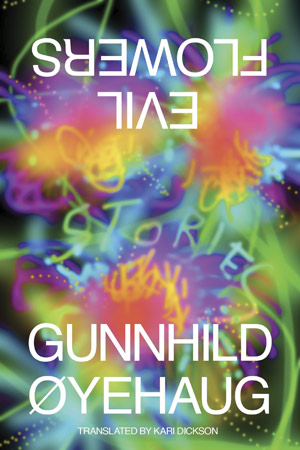 New York. Farrar, Straus and Giroux. 2023. 128 pages.
New York. Farrar, Straus and Giroux. 2023. 128 pages.
NORWEGIAN WRITER Gunnhild Øyehaug plumbs her psyche in a newly translated work, putting a twenty-first-century spin on nineteenth-century French poet Charles Baudelaire’s Les Fleurs du mal. The compelling result teems with candor, wit, anxious obsession, and the merest touch of schadenfreude—or what Baudelaire might have termed joie malicieuse.
As in her earlier collection of stories, Wait, Blink (see WLT, July 2018), Øyehaug again explores inner life. The opening presentation, “Birds,” doesn’t waste any time. In the very first sentence, a large chunk of an ornithologist’s brain falls into the toilet as she’s preparing to defend her PhD thesis. Oh, her mind still works, except she’s forgotten everything about birds—can’t even recognize one. Seeking refuge at her parents’ house, memories emerge, coalescing into twenty-four short tales. Øyehaug shakes crumbs out of the pockets of her mind, wringing them for all they’re worth to repel their power over her.
Pieces range from one to eleven pages, plus two of notes. A wordless one-pager, “A Bit Like This,” is a sole black-and-white photo—that of Baudelaire glaring at the preceding title story, “Evil Flowers.” Øyehaug stares him down in the succeeding “Protest” by calling on American writer Richard Brautigan. She says Baudelaire’s greatest poem is “The Swan” (Le Cygne), whose lines perhaps echo her own theme here: “dear memories . . . heavier than rocks” by “those who’ve lost what they cannot recover.” Her narrations delve into the loss of a mother as well as past loves.
Whereas Baudelaire engaged with Victor Hugo in “Le Cygne” or Henry Wadsworth Longfellow in “Le Calumet de Paix,” Øyehaug nods to, say, Virginia Woolf or Henrik Ibsen. In one plot, she sets up an imaginative excursion to Monk’s House, the Woolf cottage in East Sussex, without ever actually venturing there.
“The Nordics Seen from the Outside” ponders the cold blue hues typically used to depict Nordic and Scandinavian countries on maps. The essay becomes a thought-provoking rumination on how those populations see themselves as well as how the rest of the world might view them, based on pictorial color selection alone. Hmm, what if they were portrayed in a warmer pink, she wonders, examining herself in the context of her society.
When contemplations occasionally float off-course in various streams of consciousness, she steadfastly recenters her craft, murmuring, “I’ll soon get to the point” or “but back to the subject.” She’s reminiscent there of others who don’t always follow a pattern: Polish Nobelist Olga Tokarczuk talking to herself (as in Flights) or Croatian author Daša Drndić (as in Belladonna).
In one account, Øyehaug notices a growing tendency to disguise guns as “cell pistols.” Such smartphone protection cases appear harmless yet can actually perform as guns. Then she digresses charmingly into ornamental grass, hosta plants, and bocce balls. An older woman in “The Thread” dreams from her hospital bed about her daughter in Denmark, recalling how she took umbrage at her name as a child and its connection to “wicked Queen Gunnhild,” lamenting she wasn’t named after “a good queen.”
Gunnhild Øyehaug expects readers to defamiliarize themselves with traditional literary shapes and risk charting new territory with her in Evil Flowers. As Baudelaire wrote in “I” at his journey’s end: “We’ve been around the world; and this is our report.”
Lanie Tankard
Austin, Texas
